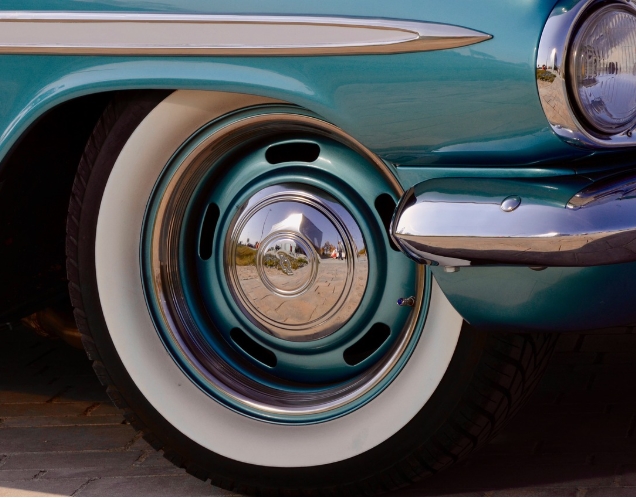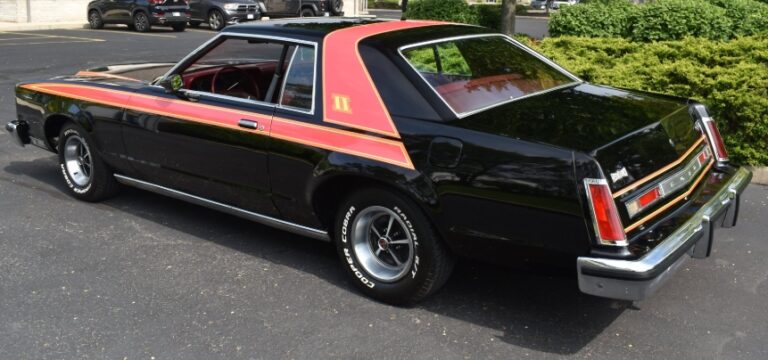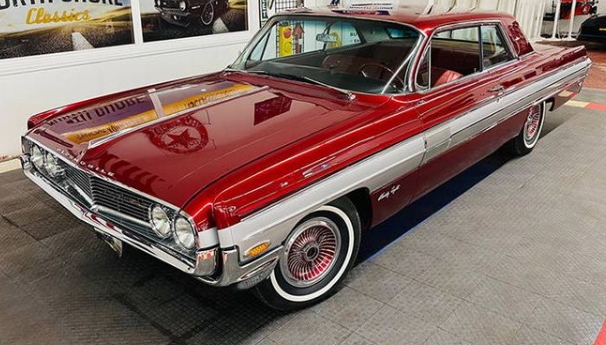The Evolution of the BMW Z3
The BMW Z3 stands as a significant chapter in the history of BMW’s roadster and sports car lineup, representing a revival of the company’s heritage in lightweight, sporty convertibles and coupes. Launched in the mid-1990s, the Z3 not only marked BMW’s return to the small roadster segment but also became a cultural icon, thanks to its distinctive styling, driver-focused dynamics, and involvement in popular media such as the James Bond film GoldenEye. This article provides a detailed overview of the BMW Z3’s evolution, including production years, various models, and trim levels offered throughout its lifecycle.
Origins and Introduction (1995–1999)
Development and Launch
The BMW Z3 was officially introduced in 1995 as a 1996 model, heralding BMW’s return to the small roadster market, which had been dormant since the 1960s. Developed under the project name “E36/7” (convertible) and “E36/8” (coupe), the Z3 was designed to compete with the Mazda MX-5 Miata, Porsche Boxster, and other small sports cars. The Z3’s styling was characterized by its rounded, retro-inspired design, reminiscent of classic BMW roadsters of the 1930s and 1950s.
Production and Models
Produced at BMW’s Spartanburg plant in South Carolina, the Z3 was manufactured from 1995 through 2002. Throughout its initial production run, BMW offered several models and trim levels, primarily distinguished by engine choices and features.
First Generation Z3 (1995–1999)
Model Variants and Trims
The early Z3 lineup was relatively straightforward, featuring:
- Z3 1.8
- Engine: 1.8-liter M42 four-cylinder
- Power: Approximately 115 horsepower
- Key features: Basic trim, manual transmission standard, soft-top convertible
- Z3 1.9
- Engine: 1.9-liter M44 four-cylinder
- Power: Around 138 horsepower
- Notable for improved performance and refinement over the 1.8
- Z3 2.0 (introduced in 1997)
- Engine: 2.0-liter M52 four-cylinder
- Power: Approximately 148 horsepower
- Z3 2.8
- Engine: 2.8-liter M52 inline-six
- Power: About 190 horsepower
- Signified a significant performance upgrade, making the Z3 more sporty.
- Z3 M Roadster and M Coupe (1998–2002)
- Powered by a 3.2-liter S50 inline-six engine
- Power: 240 horsepower (European markets) and 240-321 hp in the U.S. (later models)
- Features: Sportier suspensions, unique bodywork, and performance-oriented trims
Special Editions and Notable Models
- Z3 M Roadster and M Coupe: The M versions were the pinnacle of Z3 performance, featuring stiffer suspensions, sportier styling cues, and limited production runs. The M Coupe, with its fixed roof, became a cult classic.
- Limited Editions: BMW occasionally released special editions, such as the “Z3 1.9 Sports” and “Z3 2.8 Sports” to enhance features or commemorate milestones.
The Z3 M Models
The M versions of the Z3 are especially prized among enthusiasts:
- Z3 M Roadster: Launched in 1998, featuring the 3.2-liter S50B32 engine, producing 240 horsepower. It featured aggressive styling, upgraded brakes, and sport-tuned suspension.
- Z3 M Coupe: Also debuting in 1998, the M Coupe was a coupe variant with unique styling, including a distinctive hatchback design, wider wheel arches, and a performance-focused chassis.
The M models were produced until 2002, with a total of approximately 15,000 M Roadsters and 1,200 M Coupes built, making them rare and collectible today.
Transition and Facelift (1999–2002)
Facelift (1999)
In 1999, BMW introduced a mid-cycle refresh known as the “Face-Lift” or “Phase 2” Z3. Key updates included:
- Revised front and rear bumpers, grille, and headlights for a more modern appearance.
- Upgraded interior materials and technology.
- Introduction of new engine options, including the 2.5-liter and 2.8-liter inline-six engines.
New Engines and Models Post-Facelift
- Z3 2.5i (introduced in 2000):
- Engine: 2.5-liter M54 inline-six
- Power: Approximately 184 horsepower
- Features: Slightly more refined, with better performance than earlier 2.5 models.
- Z3 3.0i (2000–2002):
- Engine: 3.0-liter M54 inline-six
- Power: Around 228 horsepower
- Significance: Top-tier non-M model, offering robust performance.
Additional Features
The facelift also saw the introduction of optional features like traction control, improved suspension setups, and enhanced interior trim options.
.
RepairSurge Online Repair Manuals Replace Bulky Books With Reliable Digital Information!
Faster And Cheaper Than Traditional Printed Manuals, Users Get Instant Access To The Repair Information They Need For Any Car, Truck, Van or SUV:
.
End of Production and Legacy (2002)
The BMW Z3 concluded production in 2002, making way for its successor, the BMW Z4, which debuted in 2003. Despite its relatively short production span, the Z3 left a lasting impression due to its distinctive styling, engaging driving experience, and role in popular culture.
Summary of Models and Trim Levels Over the Years
| Year | Model/Trim Level | Engine Options | Notable Features |
|---|---|---|---|
| 1995-1999 | Z3 1.8 | 1.8L I4 (115 hp) | Standard soft-top, basic trim |
| Z3 1.9 | 1.9L I4 (138 hp) | Slightly more refined | |
| Z3 2.0 | 2.0L I4 (148 hp) | Improved performance | |
| Z3 2.8 | 2.8L I6 (190 hp) | Sportier, more powerful | |
| Z3 M Roadster / M Coupe | 3.2L I6 (240-321 hp) | High-performance, limited production | |
| 1999-2002 | Z3 2.5i / 2.5L | 2.5L I6 (184 hp) | Post-facelift, refined features |
| Z3 3.0i | 3.0L I6 (228 hp) | Top non-M model |
Significance and Collectibility
The BMW Z3 remains a beloved model among enthusiasts and collectors alike. Its distinctive styling, especially the M variants, commands premium prices today. The Z3’s role in popular culture, notably in the James Bond film GoldenEye, cemented its status as an icon of 1990s and early 2000s sports cars.
Conclusion
The BMW Z3’s evolution from its debut in 1995 through its production end in 2002 reflects BMW’s commitment to creating engaging, stylish, and performance-oriented roadsters. Its lineup evolved from simple economy-oriented models to high-performance M variants, with significant updates in styling, technology, and performance. Despite its relatively brief production span, the Z3’s influence persists, and its models remain highly sought after by enthusiasts and collectors worldwide.







